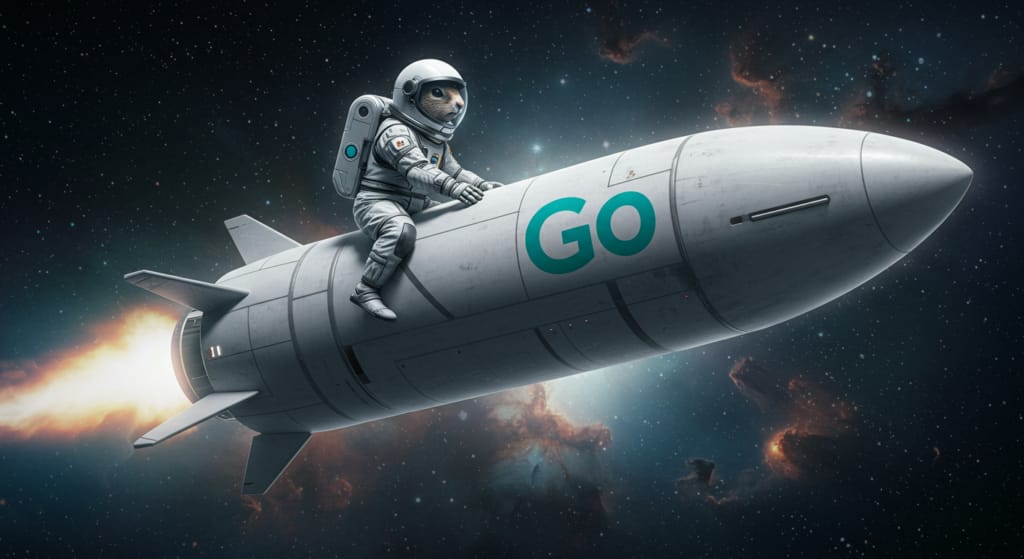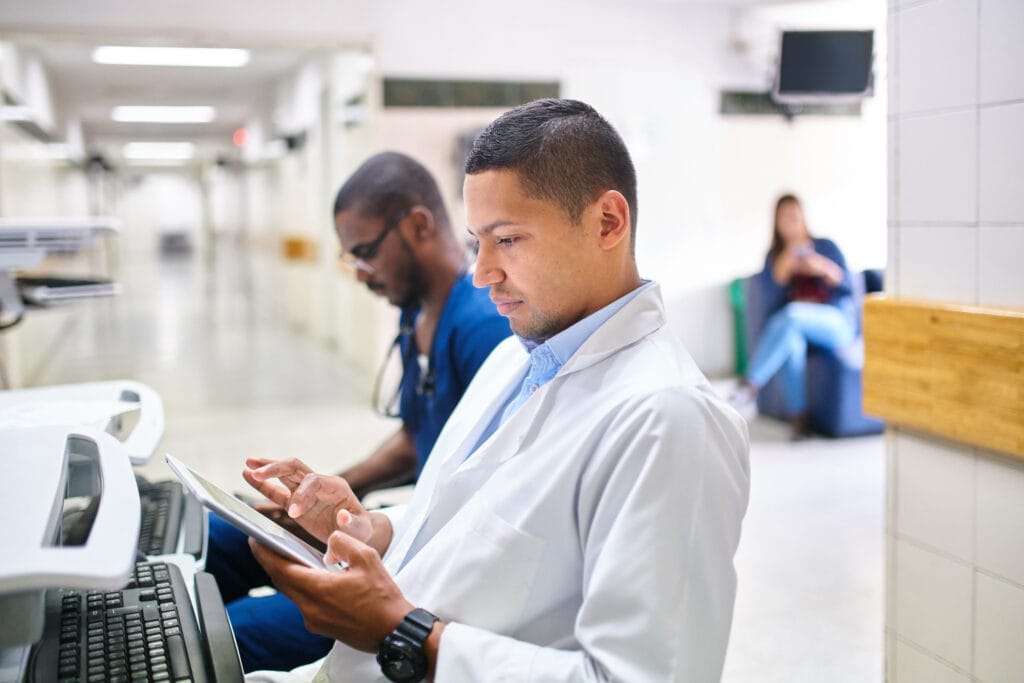
It’s the year 2024. You’re expecting your order from Uber Eats. You get an alert your food is arriving. You open your door and are greeted by Uber’s new delivery robot! These autonomous vehicles are equipped with state of the art technology and are customized to meet local safety and regulatory standards. They certainly seem like something from the future and when we saw So Funakoshi, Operations and Logistics Manager, introduce the robot to the team at an All Hands meeting we knew we had to learn more about it.
So started his career in accounting within an international trading and investment firm and after a few years moved into mergers and acquisitions to support the post merger integration process. He says ”I learned alot about project management in that role which has been invaluable in my current role, along with the executional skills I have developed since joining Uber.” In his most recent role at Uber, he focused on managing supply of delivery partners to make sure we have enough people to meet the delivery demand for Uber Eats orders. To enhance supply, So started to explore new delivery modalities such as electric vehicles and autonomous guided vehicles and that’s what led him to supporting the operationalisation of robot delivery for Japan.
Tell us about robot delivery in Japan. How does it work?
“Uber Eats has introduced a new robot delivery service in Japan so customers may now have their order matched with an autonomous robot instead of a delivery partner. How it works is that the merchant receives the order much like they normally would but will see that it is a robot picking up the order rather than a delivery partner. They get a notification when the robot has arrived and can place the order in the compartment ready for delivery. The robot will then proceed to the delivery location and the customer is able to retrieve their order from the robot when it arrives. They can even rate the robot’s delivery service just like any order but if they provide a tip they will be refunded!”

How did Uber make robot delivery a reality in Japan?
“Robot delivery was made possible through a collaboration with Mitsubishi Electric and Cartken. We provide the platform that connects merchants, customers and delivery service providers, in this case the robots. Cartken provides the autonomous delivery robots equipped with the latest technology and Mitsubishi Electric acts as the local operator that monitors and maintains the autonomous vehicles. Mitsubishi and Cartken have an established partnership and have been working together with the Robot Delivery Association and local regulatory and law enforcement authorities to customize the robots to meet Japanese safety and regulatory standards. Across Uber it took many teams working together to make it happen–we worked closely with safety, sales, communications, marketing, policy, legal, compliance, and customer support locally, as well as the Global Autonomous Mobility & Delivery team.”
Tell us more about the robot, its technology and safety features.
“The robot is equipped with the latest object detection technology and adheres to the most stringent safety regulations to operate safely on Japanese sidewalks, with a maximum speed of 5.4km/h–about the same pace as the average walker. It is fully autonomous but operates with a remote operator monitoring its actions and it comes equipped with an emergency button so that it can be stopped for safety reasons and a flag for visibility.”
There were so many additional things most people wouldn’t think about that needed to be done to ensure the robots could comply with regulatory requirements. In the images captured by the onboard camera that enables object detection, people are masked so they cannot be identified, and the system is designed to protect the privacy of passersby. The robot has an insulated loading space of approximately 27L inside, which keeps food and other items at the appropriate temperature during delivery.”
Japan is the first market outside of the US to try robot delivery. Why Japan?
“Japan is a key market for the Uber Eats business and has been growing steadily over the past few years and also happens to have the ideal public infrastructure with perfectly maintained public sidewalks and general public receptiveness to new technologies. On top of this, Japan is facing labor shortages and we wanted to help lead the way in addressing this challenge. The deregulation in 2023 to allow fully autonomous robots (monitored remotely by an operator) to operate on Japanese sidewalks also pushed us to take action and prioritize the launch in Japan.”
What is the longer term vision for robot delivery?
“The introduction of the robot delivery service began in the Nihonbashi area and over time will expand to other areas to support and strengthen the supply of delivery. Robots will fit into our overall delivery network, working in tandem with our delivery partners.”
Reimagine how the world moves for the better. Explore roles in Japan →
Posted by Amy Harrison
Come reimagine with us
Related articles
Most popular

A beginner’s guide to Uber vouchers for riders

Automating Efficiency of Go programs with Profile-Guided Optimizations

Enhancing Personalized CRM Communication with Contextual Bandit Strategies





